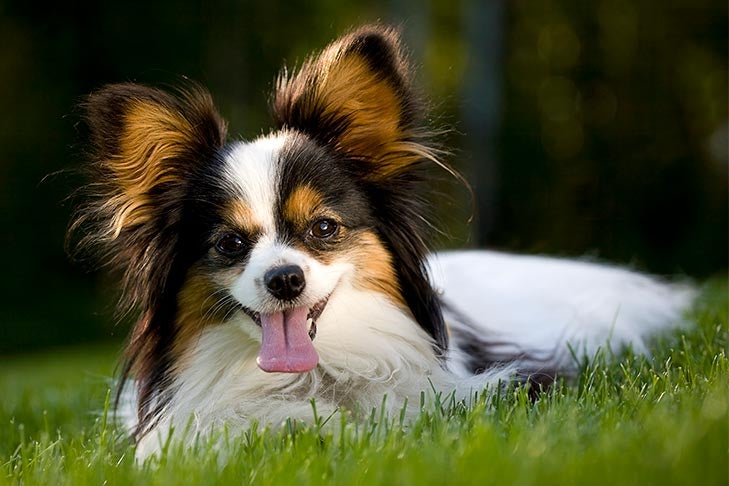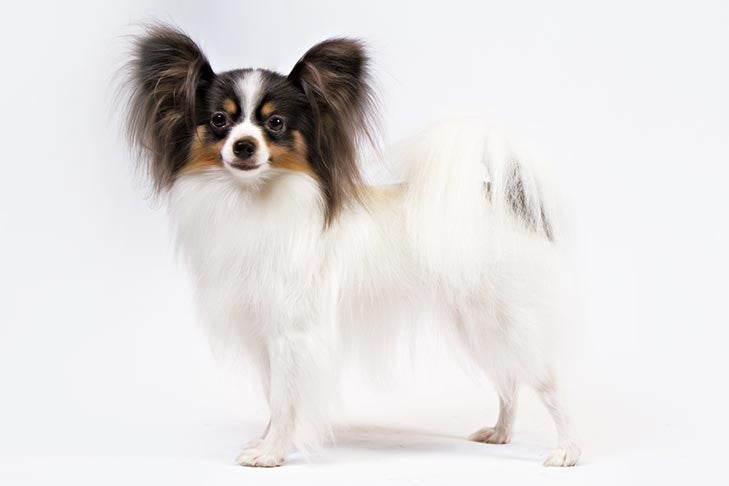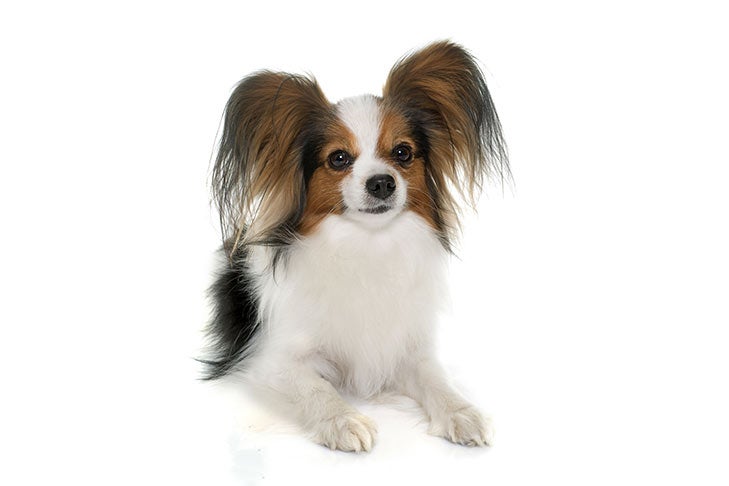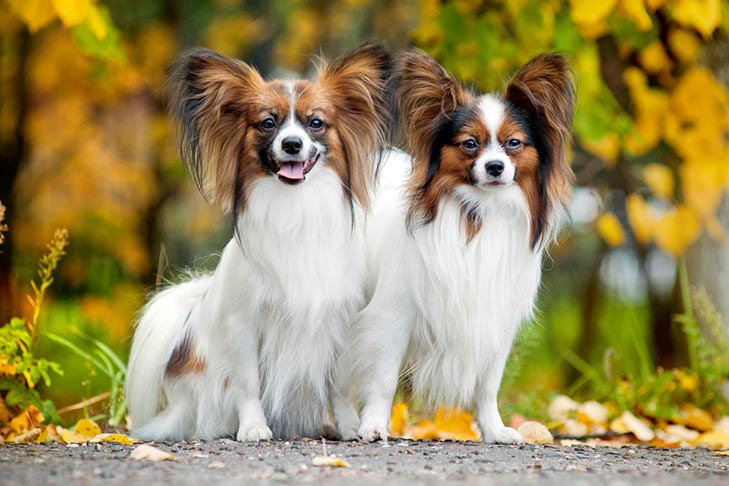CARING WITH FAMILY
|
| The degree to which a breed tends to show endearment toward family members or familiar acquaintances, can vary widely. Certain breeds may reserve their warmth for their owner exclusively maintaining a reserved demeanor with others. Conversely, there are breeds that exude a level of warmth to all familiar faces as if each one were their most cherished companion. |
LOVE WITH CHILDREN
Unwise
Good With Children
|
| A breed's capacity to gracefully handle children's antics and its inherent family-oriented disposition varies. It's essential for dogs to be carefully watched when interacting with young kids or children of any age who may not be familiar with canine behavior to ensure everyone's safety and comfort. |
BEHAVIOR WITH DOGS
Unwise
Good With Other Dogs
|
| The inherent sociability of a breed with fellow canines ranges broadly. While direct oversight during meetings and encounters with other dogs is always advisable, some breeds naturally exhibit a greater propensity for amicable relations with other dogs, whether within the household or out in the wider community. |
SHEDDING LEVELS & MANAGEMENT
No Shedding
Hair Everywhere
|
| The volume of fur and hair a breed typically sheds can determine the level of grooming needed. Breeds known for heavy shedding require more regular brushing and may increase the likelihood of allergic reactions in addition to necessitating more frequent vacuuming and use of lint rollers to manage their loose hair around the home. |
COAT GROOMING STANDARDS
|
| The grooming demands of a breed including the need for bathing, brushing, and trimming can greatly differ. When contemplating the grooming efforts required, it's important to assess your available time, patience and financial resources for such care. Remember, no matter the breed routine nail trimming is necessary for all dogs to maintain their health and comfort. |
DROOLING INTENSITY
Less Likely to Drool
Always Have a Towel
|
| The tendency for a breed to drool can vary significantly. If you have a penchant for tidiness, you might want to think twice about adopting dogs known for leaving trails of drool on your arm or large damp patches on your clothing, as they might not align well with your preference for cleanliness. |
COAT STYLES GUIDE |
| Silky |
| COAT SPECTRUM |
| Medium |
FRIENDLINESS
Reserved
Everyone Is My Best Friend
|
| The level of a breed's friendliness toward unfamiliar people can be quite diverse. Certain breeds consistently exhibit a reserved or wary attitude towards strangers irrespective of the setting. On the other hand, some breeds revel in the opportunity to greet a new person exuding joy every time they encounter someone they haven't met before. |
LIVELINESS
Only When You Want To Play
Non-Stop
|
| The eagerness to engage in playtime that a breed exhibits can remain consistent well beyond their puppy years. Many breeds retain a youthful spirit happily indulging in games like tug-of-war or fetch well into maturity, whereas others prefer to spend the majority of their time lounging peacefully on the couch alongside you. |
VIGILANCE INTENSITY
What's Mine Is Yours
Vigilant
|
| Some breeds have a strong instinct to notify their humans of the presence of strangers responding vigilantly to any perceived threats, which could range from the mail carrier to a squirrel scampering near the window. These alert breeds often adapt their reactions towards newcomers based on family acceptance, usually warming up to strangers once they've been welcomed into the home by their humans. |
ADAPTATION CAPACITY
Lives For Routine
Highly Adaptable
|
| A breed's adaptability to change varies, encompassing shifts in living environments, noise levels, weather conditions, routines and other daily fluctuations. Some breeds adjust with ease to new circumstances and variations in their everyday lives, while others may require more time and support to acclimate to changes. |
OBEDIENCE LEVEL
Self-Willed
Eager to Please
|
| The trainability of a dog and its openness to learning new skills can differ significantly from one breed to another. Certain breeds seem eager to please their owners and take pride in learning new commands and tricks, while others display more independent traits often choosing to follow their own whims on their own terms. |
STAMINA LEVEL
|
| The exercise and mental stimulation requirements of a breed can range widely. High-energy breeds need significant physical activity and mental challenges they're the perpetual adventurers that love to run, leap and stay active throughout the day. Conversely, low-energy breeds are content with much less movement, these "canine couch potatoes" often display a preference for lounging and dozing off for most of the time. Considering the energy levels and scheduling for potential activities is crucial when choosing a dog that fits well with your lifestyle. |
VOCALIZATION
|
| Frequent |
LEARNING CURIOSITY LEVEL
Happy to Lounge
Needs a Job or Activity
|
| The necessity for mental stimulation to keep a breed content and healthy is an essential aspect of dog care. Dogs bred for specific purposes often need engaging tasks that foster decision-making, problem-solving and concentration. These breeds can become bored if their intellectual needs aren't met, which might lead them to invent their own "assignments" around the home, potentially resulting in unwanted behaviors like digging, chewing or excessive barking. |
| COLORS |
|
Description
|
Registration Code
|
|
White & Black
|
202
|
|
White & Lemon
|
211
|
|
White & Red
|
214
|
|
White & Sable
|
215
|
|
White Black & Tan
|
219
|
|
Black Brown & White
|
022
|
|
Black Red & White
|
027
|
|
Brown & White
|
063
|
|
Fawn & White
|
086
|
|
Red
|
140
|
|
Red White & Sable
|
158
|
|
Sable
|
164
|
|
White
|
199
|
|
White & Liver
|
212
|
|
White & Silver
|
216
|
|
| PATTERNS |
|
Description
|
Registration Code
|
|
Black Markings
|
002
|
|
Black Mask
|
004
|
|
Red Markings
|
023
|
|
Sable
|
026
|
|
Tan Markings
|
012
|
|






























FRIENDLINESS
LIVELINESS
VIGILANCE INTENSITY
ADAPTATION CAPACITY